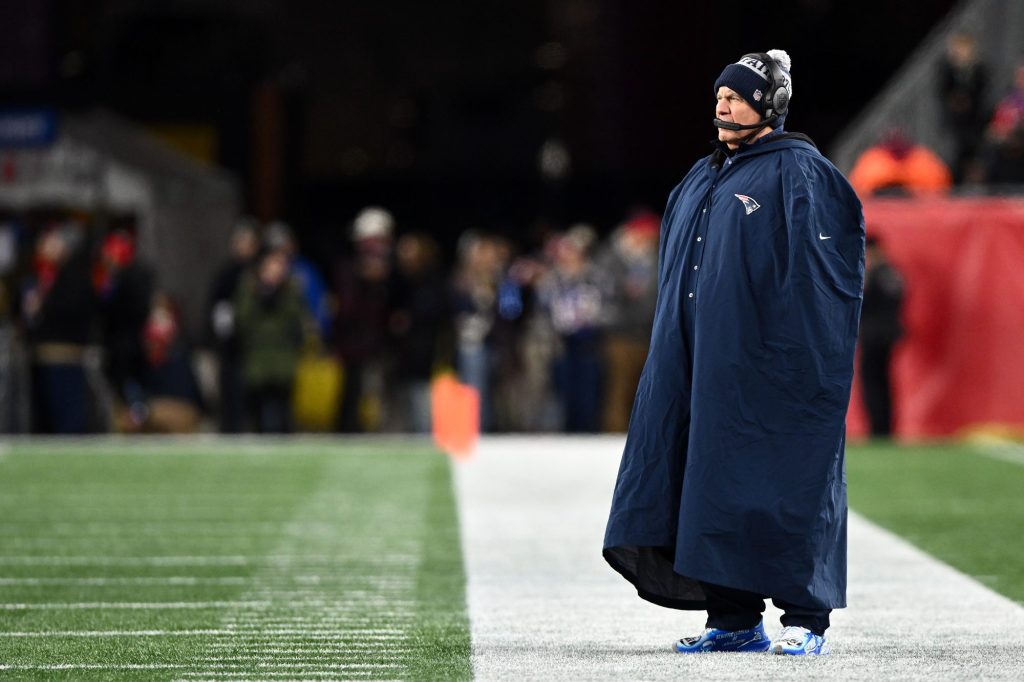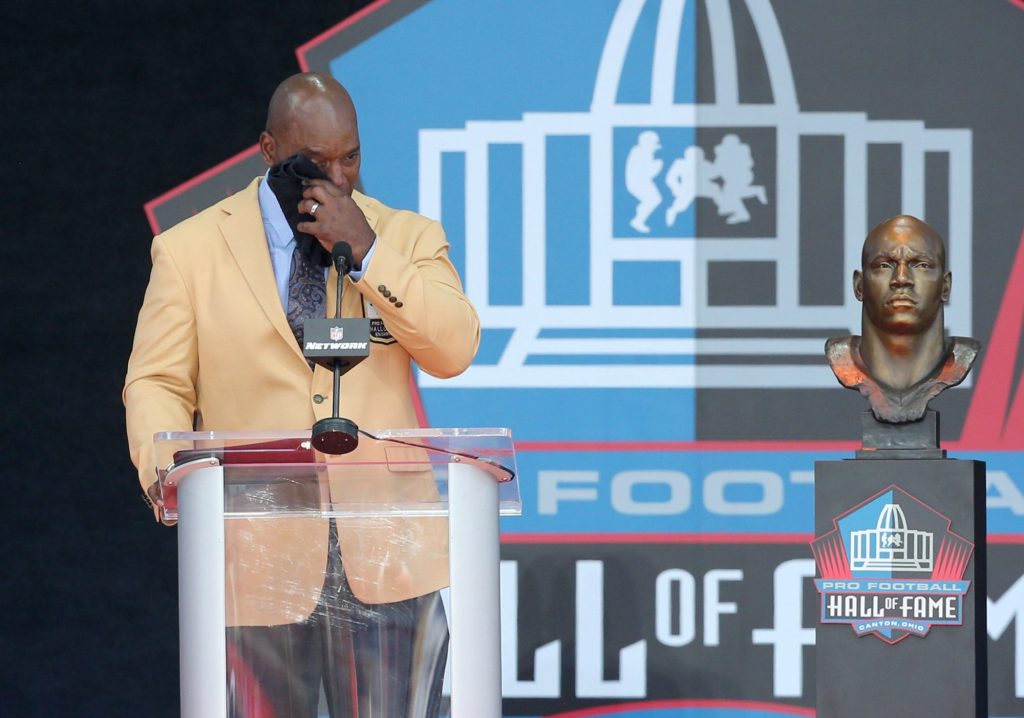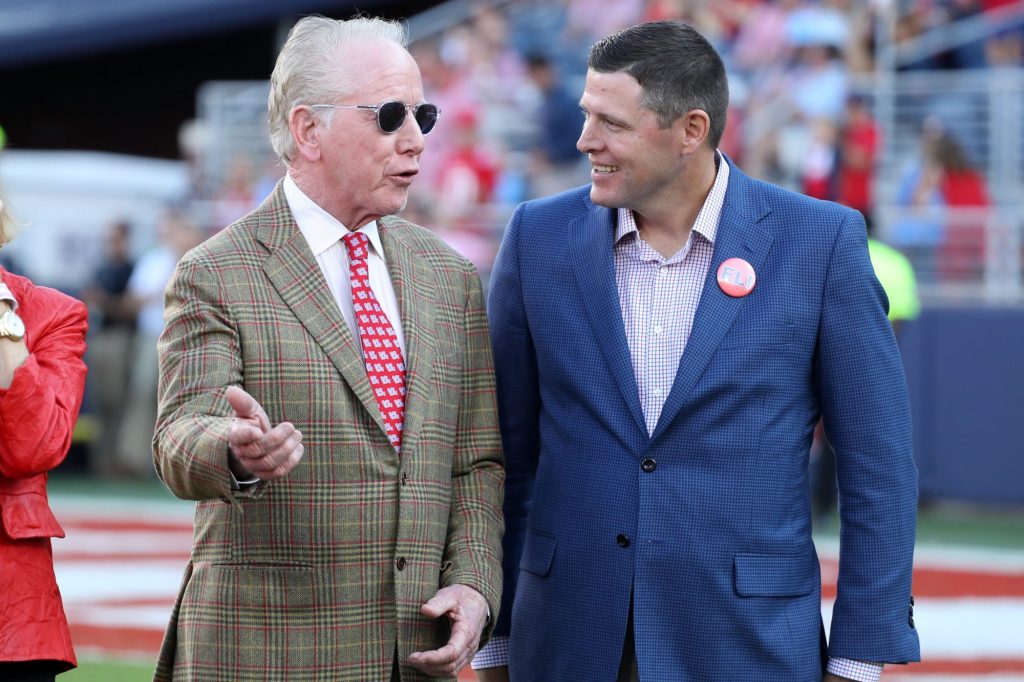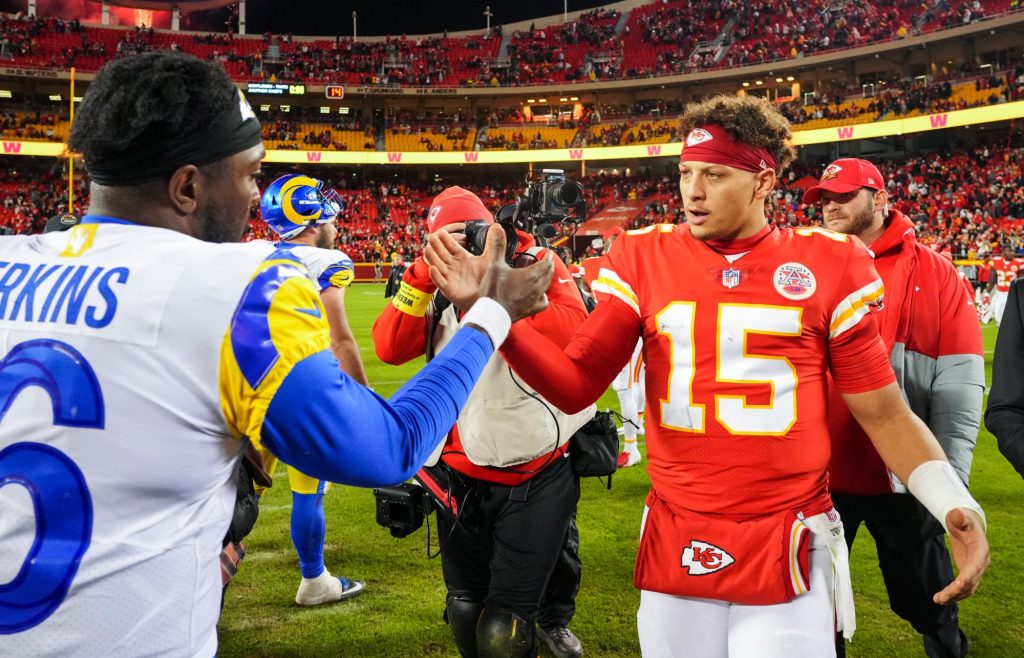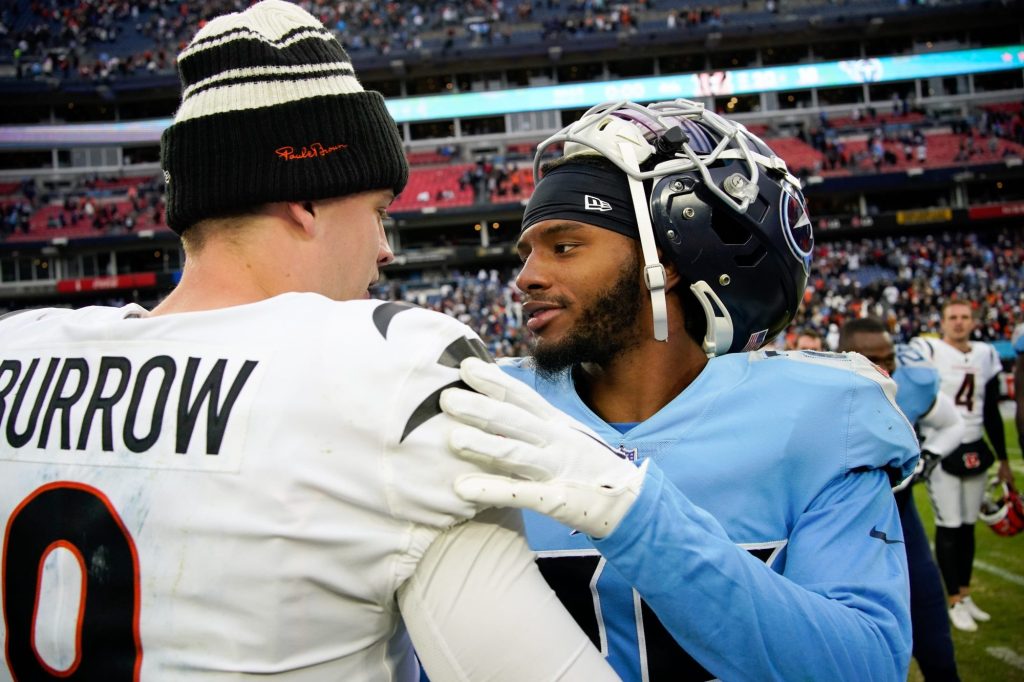The 2019 NFL season is in the rearview window, but the offseason is just getting started. With free agency right around the corner, fans are mounting anticipation about their favourite teams getting upgrades at key positions.
This year has a star-studded class of free agents, including big names like Jadeveon Clowney, Rodney Mcleod and Teddy Bridgewater. Of course, not all of these players will hit the open market – some of them will get a long-term deal with their team, and some will get slapped with the franchise tag and take longer to work out a new contract. Still, there will be no shortage of talent available for teams, providing they have a salary cap space.
We should also take into consideration that most of the contracts you see aren’t what they look like on the surface. A player could sign a “five-year, $84 million” deal and end up seeing only a fraction of that money. The devil is in the detail, which in this case is guaranteed money and signing bonuses. Those are the real goals for players and their agents — get as much money now while you can still play in a sport with short careers.
So before the festivities begin, let’s go over the timeline of free agency, along with some important details to take note of
Important dates
- March 10 – deadline for clubs to designate Franchise or Transition Players.
- March 16-18 – Clubs are permitted to contact, and enter into contract negotiations with, the certified agents of players who will become Unrestricted Free Agents upon the expiration of their 2019 player contracts at 4:00 p.m., New York time, on March 18.
- March 18 – The 2020 league year and free agency period begins at 4:00 p.m., New York time
- July 15 – deadline for any club that designated a Franchise Player to sign such player to a multiyear contract or extension.
Unrestricted vs. restricted free agents
There are actually two types of free agents: unrestricted and restricted. Unrestricted free agents are, as the title implies, free to hit the open market and negotiate with any team once their contract expires. Restricted free agents (RFAs) are players with three years of service to their name who become eligible to receive one-year qualifying offers.
Teams place a tender on RFAs depending on their draft pick (first round, second round, or their original draft position). Those players are then able to negotiate with other teams, which can make a matching offer. If the original team declines that match offer, it receives the draft pick designated to that RFA tender. This year’s top RFAs include Kareem Hunt, DeAndre Houston-Carson.
How does the Franchise Tag work?
The Franchise Tag is a one-year contract with a salary that averages out the top-five salaries at that player’s position. Teams then have until July 15 to negotiate a long term contract, otherwise the player must play under that tag. A lot of players hate the tag as it limits their options in free agency, but it’s a pretty healthy paycheck for one year.
So until March 10 that is everything you need to know coming up to the NFL free agency, all 32 teams ready to flash the cash on free agents to improve their rosters, but who’s going to get the best deal?



